The Downlink • Mar 27, 2020
Space to comfort, teach, share, and escape
You love space, now take action
This weekly newsletter is your toolkit to learn more about space, share information with your friends and family, and take direct action to support exploration. Anyone can subscribe at planetary.org/connect to receive it as a weekly email.
From The Planetary Society
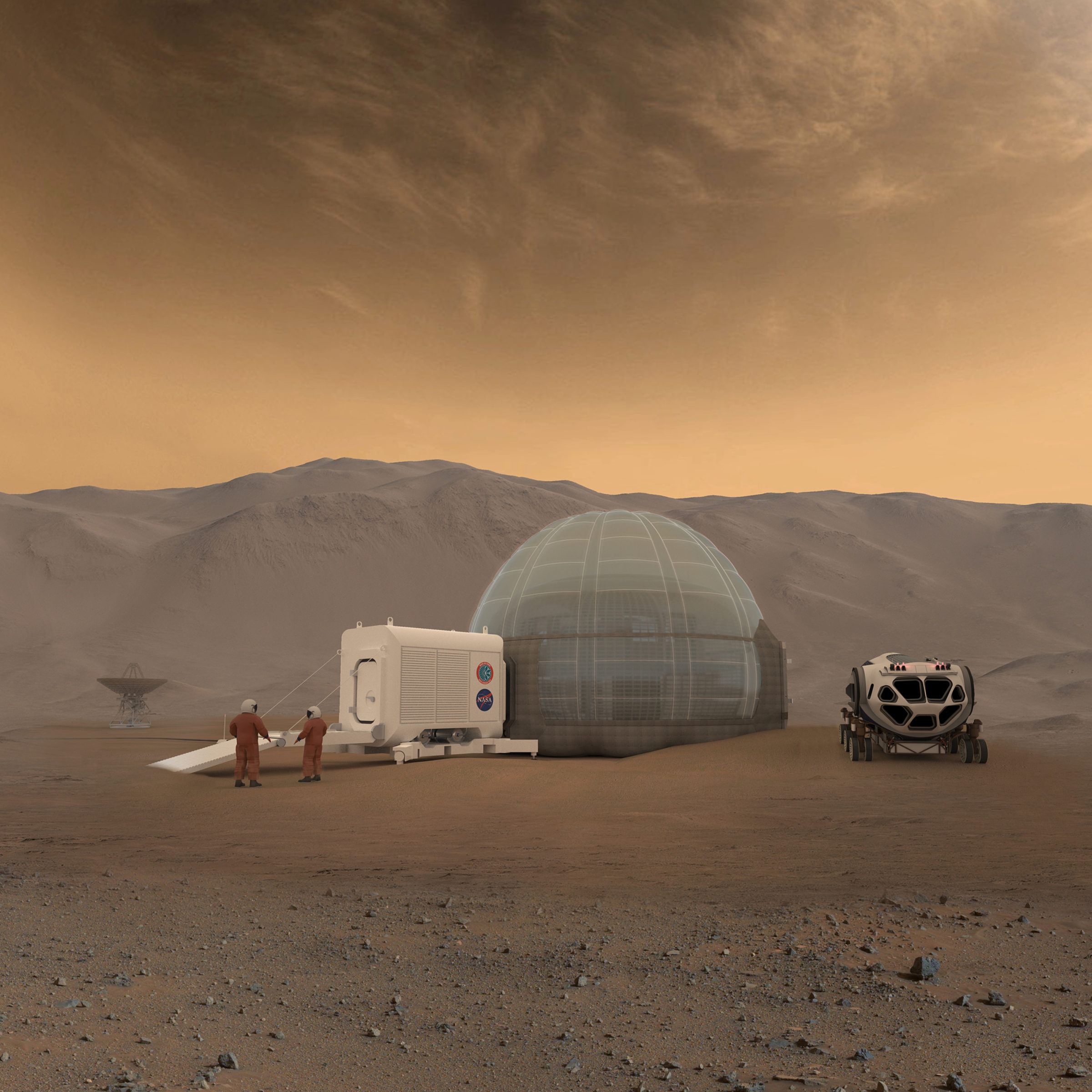

The COVID-19 pandemic has affected every one of us in some way. The Planetary Society is doing what we can to help by putting together some tools for you to entertain yourself and your family, teach your kids about space, or even just escape your worry by turning your mind outward to the cosmos.

Join the virtual space party of the year! Yuri’s Night is an annual celebration of all things space, and this year’s event is going to be online and open to anyone around the world who wants to participate. You can join the party from home on Saturday, 11 April. More details will be announced on the Yuri’s Night website.

Have you been doing any fun space-related activities in your home or backyard? We’d love to hear about them! We’re collecting your suggestions of ways to bring space into the home during this time of self-quarantine, and sharing our favorites. You can send us your ideas by replying directly to this email.

There’s never been a better time to dive into Planetary Radio. Each week host Mat Kaplan shares a conversation with someone working at the forefront of space science and exploration. Tune in, and voyage through the solar system and beyond.
Mission Briefings
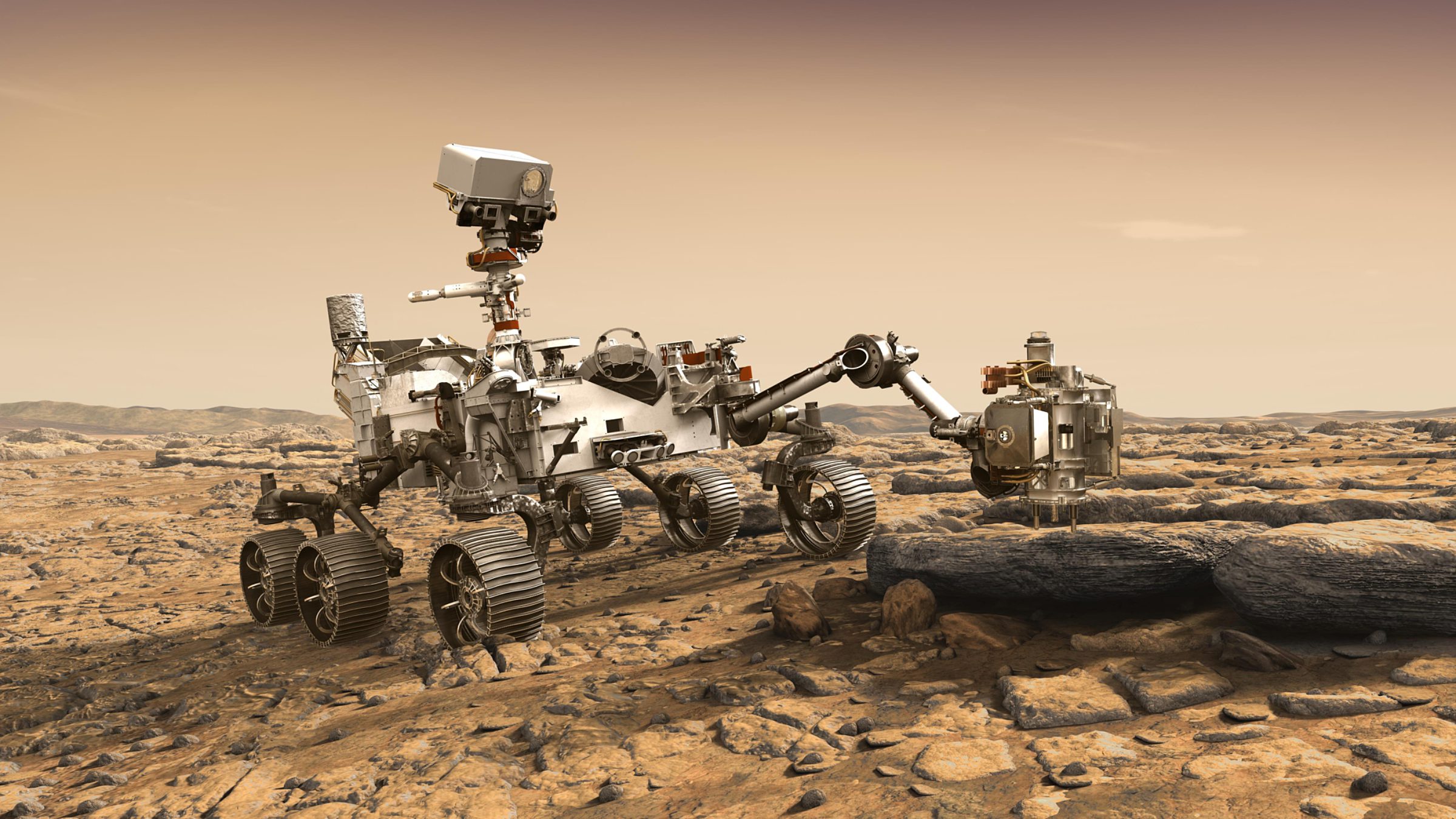

Scientists published new images of dust and rock spraying away from asteroid Ryugu in 2019 after Japan’s Hayabusa2 spacecraft fired a copper plate into the surface. The results from the experiment are described in the journal Science. Hayabusa2 collected a sample from the resulting 10-meter-wide crater and will return it to Earth in late 2020.

The next planetary science decadal survey, a community authored document that will guide NASA science priorities from 2023 through 2032, will place an increased emphasis on astrobiology and planetary defense. The Planetary Society supports the inclusion of these topics in the decadal survey; our strategic framework supports efforts to explore worlds, find life, and defend Earth.

In-person work on most NASA projects, including the James Webb Space Telescope, Orion, and the Space Launch System, has stopped due to COVID-19 restrictions. One exception: NASA’s Perseverance Mars rover (pictured), which must blast off during a narrow July-August window while Earth and Mars are optimally aligned. Technicians continue to prepare the rover for launch at Kennedy Space Center in Florida. If Perseverance misses its launch window, the next opportunity will be in 2022. Image credit: NASA / JPL-Caltech

Also still in progress despite COVID-19 quarantines: NASA’s Commercial Crew program, which is preparing for its inaugural astronaut launch in May. Those preparations hit a snag after a Falcon 9 rocket lost an engine during its fourth re-flight. A few days later, some SpaceX parachute testing hardware crashed to the ground during a helicopter drop test. It’s unclear whether either incident will impact the May crew launch.
Space at Home
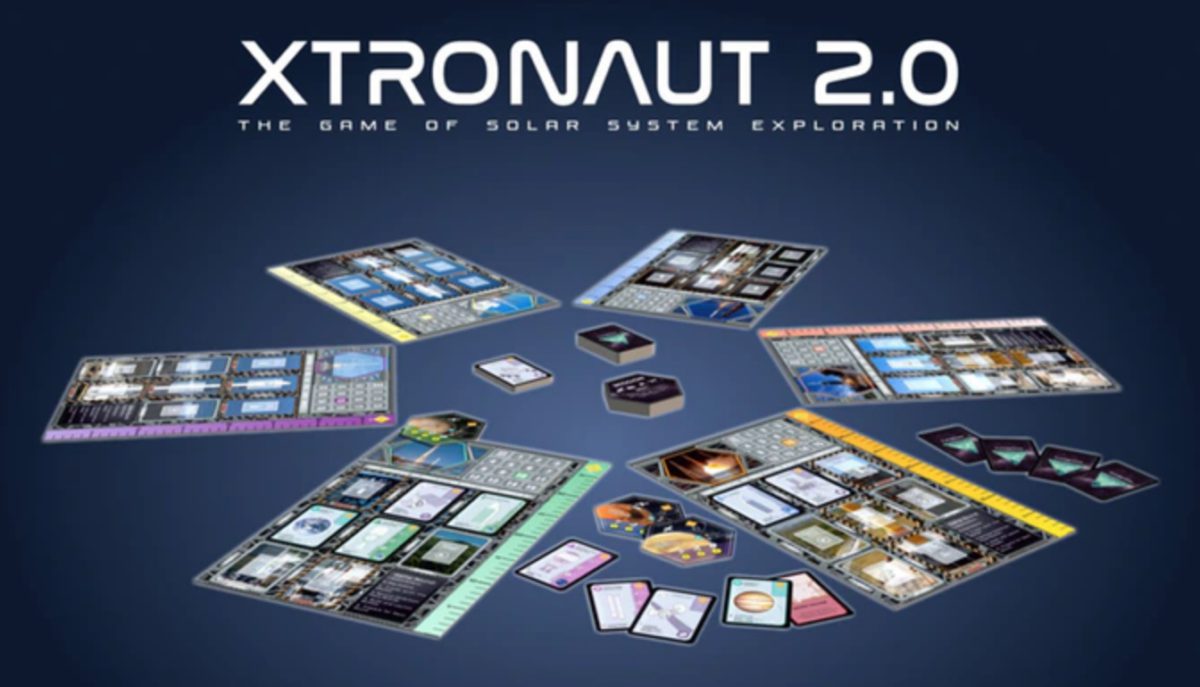
You can help launch a fabulous new space board game: XTRONAUT 2.0, created by OSIRIS-REx principal investigator Dante Lauretta. Players develop space missions and explore the solar system in an ingenious game based on real planetary missions and rocket science. The Kickstarter campaign for XTRONAUT 2.0 goes until 3 April.
What's Up
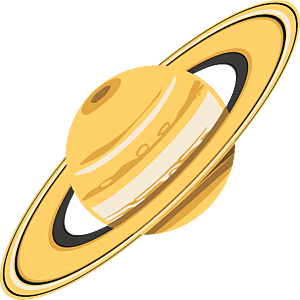
Jupiter, Saturn, and Mars will greet you in the early morning sky if you look up before sunrise. If you’re not an early bird, try looking for Venus bright in the sky after sunset.
Wow of the Week
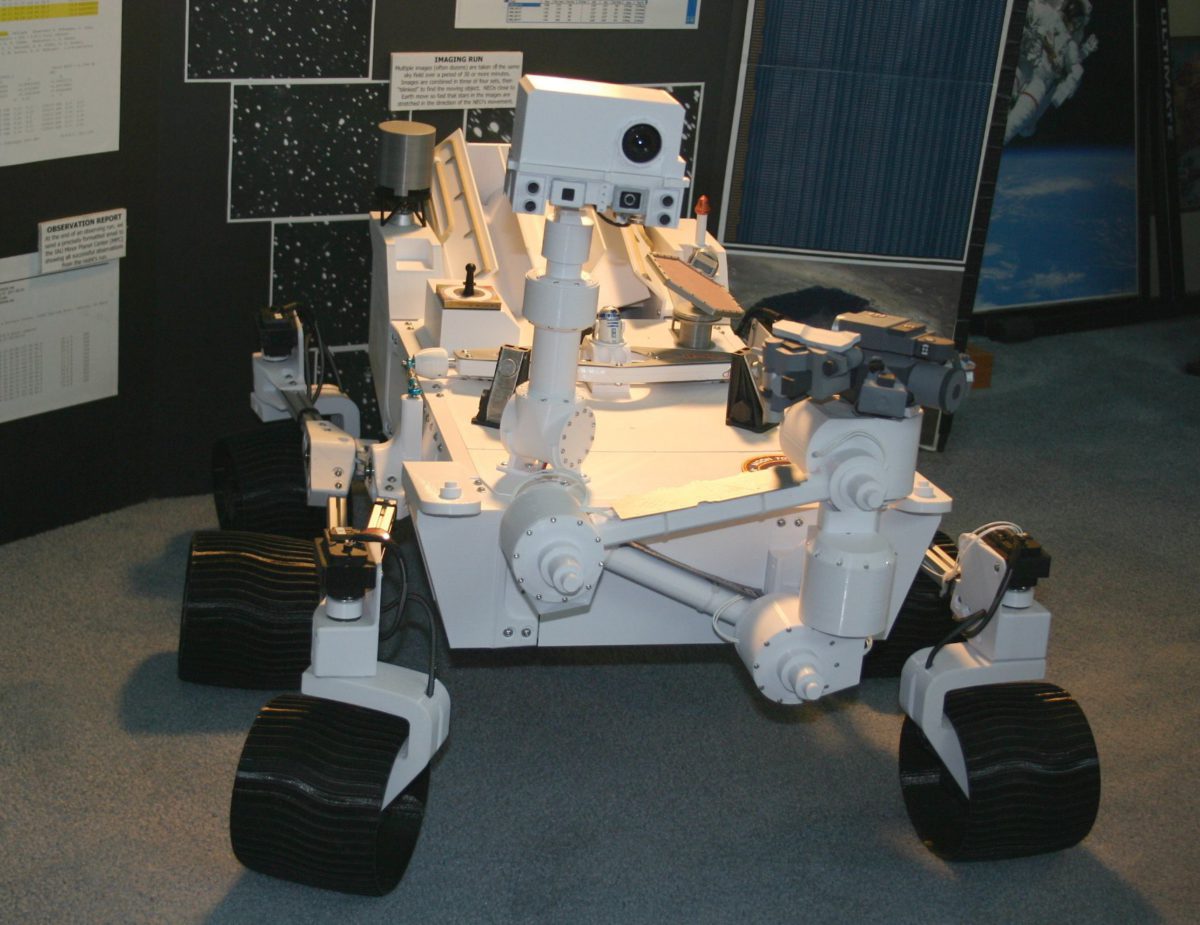
Planetary Society member Gerald McKeegan sent us this week’s “Wow!”—a 1/4 scale working model of the Curiosity Rover that his wife, Laura, built. She made it using a 3-D printer, designing parts by downloading images from various NASA websites, then measuring them to get the correct dimensions. She then designed the electronics to allow her to control the rover with a tablet via wifi. All the wheels move independently, as does the tool arm, and a camera in the mast transmits to a computer via wifi to allow people to see what the camera sees. Laura uses CJ (Curiosity Junior) for outreach at local schools, museums, and libraries.
Do you have a suggestion for the Wow of the Week? We’re looking for space-related art, music, gadgets, quotes, fashion, burning questions, sci-fi passages, or anything else that will make our readers go “Wow!” Send us your idea by replying to this email.


 Explore Worlds
Explore Worlds Find Life
Find Life Defend Earth
Defend Earth



